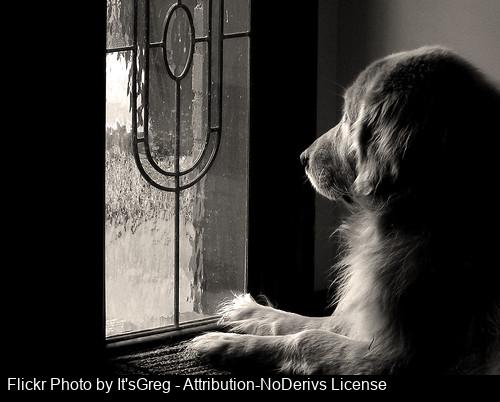Flickr is a great tool because it not only allows you to upload your photos on the web for safe keeping and sharing, but it also allows you to access and utilize other user's photos as well. There are however, a few rules when it comes to what people will allow you to do with their photos. There are four main categories when it comes to privacy regulations on Flickr. They are: Attribution, Noncommercial, No Derivative Works, and Share Alike. Below are the types of restrictions and what they entail:
Attribution:
This means that you let others copy, distribute, display, and perform your copyrighted work- and any derivative works based upon it. However, they must give you credit.
Noncommercial: This is the same as attribution however it can only be used for noncommercial purposes.
No Derivative Works: The same as attribution, however only verbatim copies of your work, not derivative works based upon it.
Share Alike: You allow others to distribute derivative works only under a license identical to the license that governs your work.
-You can find examples and these explanations at
Flickr/Creative Commons

He Waits-By It's Greg
http://www.flickr.com/photos/itsgreg/90724994/
----------------------------------------------------------------------------------------------------
The possibilities are endless when it comes to what you can do with the pictures you share on Flickr. I explored a site called BigHugeLabs and found a ton of activities and ideas that are all based on using photos on Flickr. One of the activities that caught my eye was the movie poster. I immediately thought about how much students would enjoy this and being able to create something that looks so professional. I thought that this would be a great activity for students to engage in while doing independent reading. Students could make movie posters like the ones they see in the movie theatres, by using their own photos. For my example, I created a movie poster based on Robert Frost's popular poem
The Road Not Taken. I found this program/activity very easy to use, and I was able to upload one of my personal photos from my computer. When the poster is finished, you can save it to the downloads folder of your computer. The end product is very professional looking and in the classroom I would print these and hang them around the room. The site offers many different ideas that are equally as good.
Get started today
HERE
